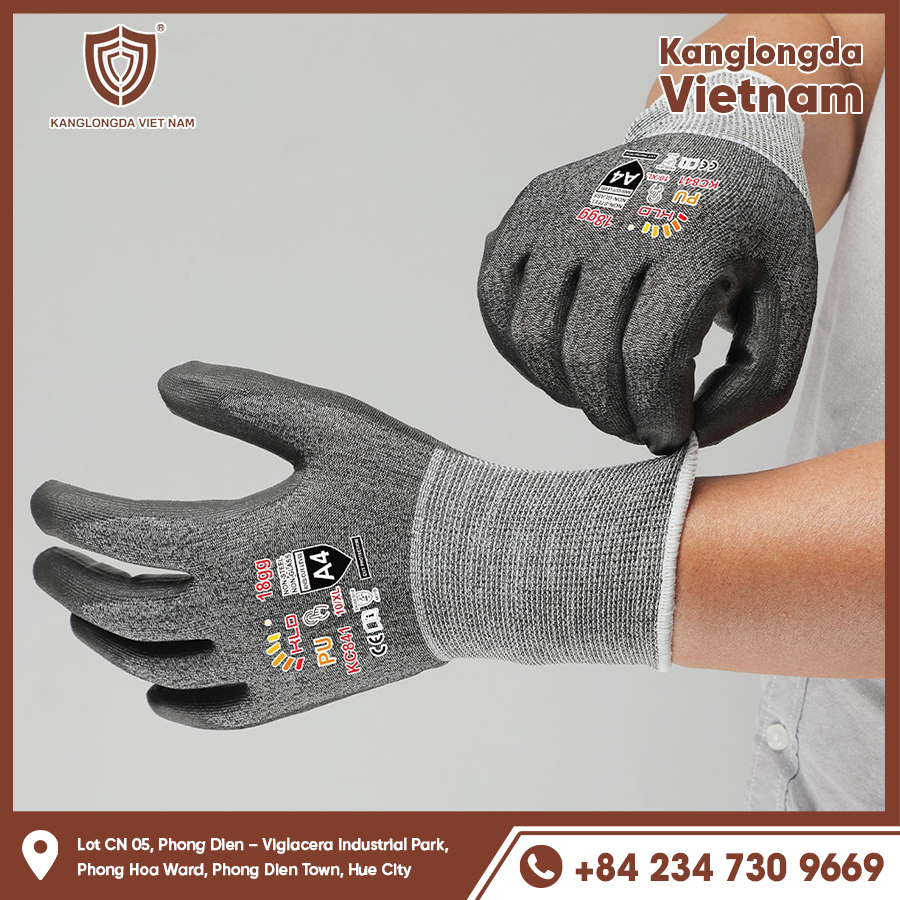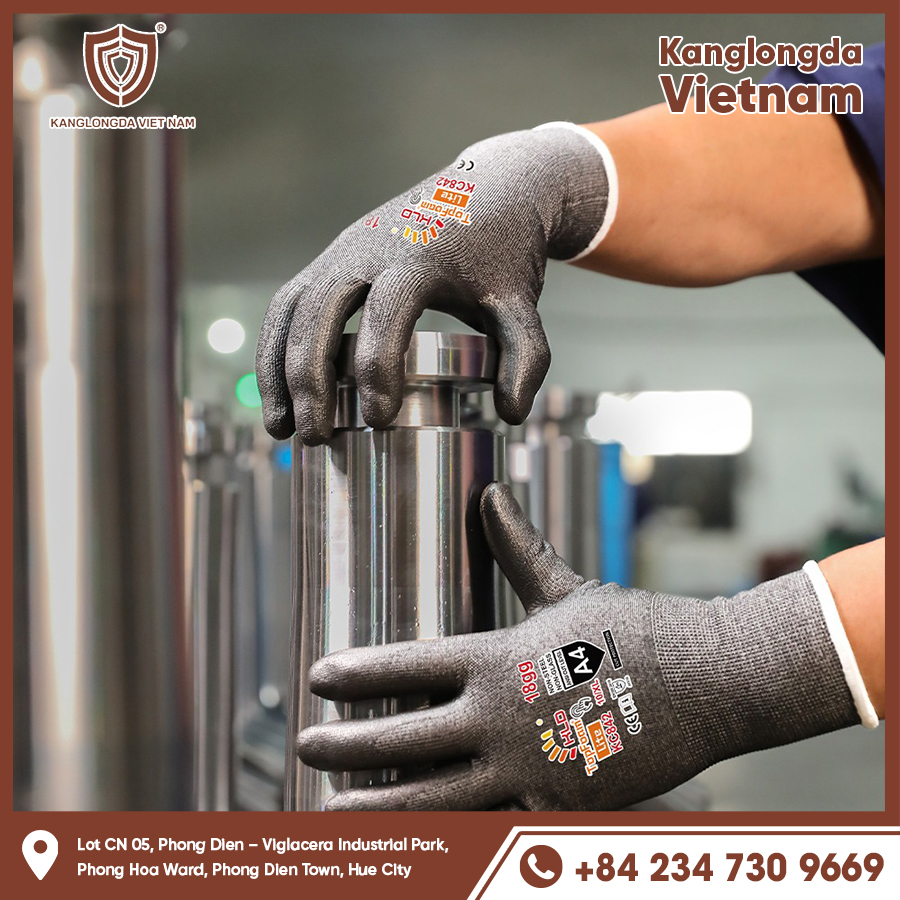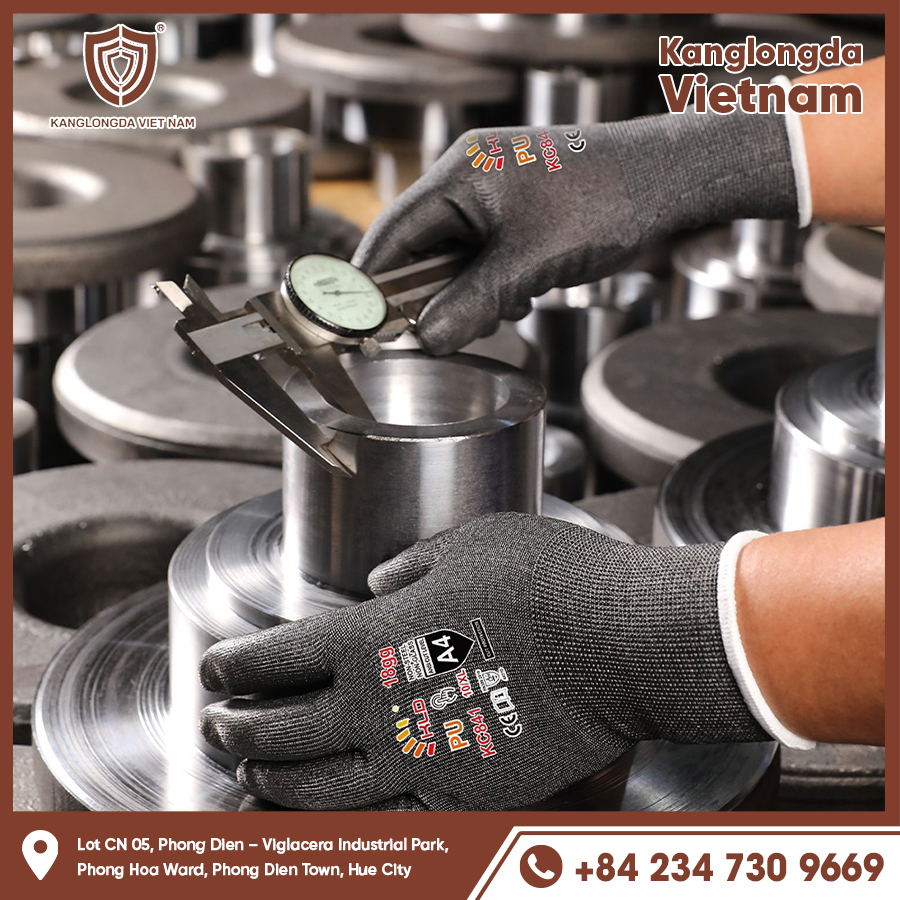When temperatures drop, keeping your hands warm becomes essential. Whether you’re commuting, skiing, hiking, or simply shoveling snow, winter gloves are your first line of defense against frostbite, numbness, and discomfort. But not all winter gloves are created equal. From heavy-duty insulated models to sleek touchscreen-compatible styles, the right pair of gloves depends on your needs, environment, and personal preferences. This guide explores everything you need to know about winter gloves—from materials and features to usage tips and industry recommendations—to help you find the perfect pair for any winter situation.

Understanding the Key Materials in Winter Gloves
Natural vs Synthetic Insulation
Winter gloves are typically insulated using either natural down or synthetic fibers. Down provides excellent warmth-to-weight ratio and is ideal for dry conditions. On the other hand, synthetic insulation like Thinsulate or PrimaLoft retains heat even when wet, making it a better choice for snow or rain.
Outer Shell Materials
The outer shell of winter gloves can be made from leather, nylon, polyester, or a hybrid of materials. Leather offers durability and a classic look, while nylon and polyester are lightweight, water-resistant, and affordable. Many modern gloves feature ripstop fabric or polyurethane coatings to increase toughness and resist abrasion.
Lining for Comfort and Warmth
A glove’s lining affects comfort and moisture control. Popular linings include fleece, wool, and brushed polyester. Fleece is soft and insulative, while wool naturally regulates temperature and resists odor. Moisture-wicking liners help draw sweat away from your skin to keep your hands dry and warm for longer periods.
Choosing the Right Winter Gloves for Your Activity
Everyday Commuting
For city dwellers and daily commuters, winter gloves should be warm yet low-profile. Look for gloves with touchscreen compatibility, windproof shells, and lightweight insulation. Slim-fit models can easily fit inside pockets or bags and still keep hands warm during short outdoor exposure.
Outdoor Sports and Recreation
Winter sports require gloves with specific performance features. Ski gloves, for example, often include waterproof inserts, wrist leashes, and reinforced palms. Snowboarders may prefer mittens for greater warmth. For hiking or climbing, dexterity is crucial—opt for gloves with articulated fingers and breathable membranes.
Work and Industrial Use
People working in cold environments—construction sites, delivery, warehouses—need gloves that combine warmth with durability. Insulated leather gloves or synthetic hybrid gloves with padded palms and abrasion-resistant exteriors are ideal. Safety compliance, grip texture, and weather resistance are key considerations in this category.
Essential Features to Consider When Buying Winter Gloves
Waterproof and Windproof Technology
Cold wind and moisture can quickly render gloves ineffective. Quality winter gloves often include waterproof membranes like GORE-TEX or proprietary coatings. Windproof materials add another layer of protection, especially in open areas with strong gusts or during high-speed activities like cycling or snowmobiling.
Adjustable Closures and Fit
The fit of your glove determines both comfort and performance. Gloves that are too tight can reduce circulation, while overly loose gloves won’t trap warmth efficiently. Adjustable wrist closures like Velcro straps, elastic cuffs, and drawcords help seal in heat and keep snow out. Some gloves even have gauntlet designs that extend over jacket sleeves for added protection.
Dexterity and Grip Enhancements
Many winter gloves feature silicone grip patterns or textured palms to improve handling of tools, gear, or phone screens. High-dexterity gloves maintain flexibility despite thick insulation, making them suitable for photographers, drivers, or anyone who needs fine motor control in cold weather.

Different Styles of Winter Gloves and Their Uses
Mittens vs Gloves vs Lobster Claws
Traditional gloves offer better dexterity, while mittens trap more heat by keeping fingers together. Lobster claw gloves combine both, grouping fingers in pairs to balance warmth and usability. Each style has its strengths, and your choice may vary depending on how active or still you are in the cold.
Touchscreen-Compatible Gloves
Many people rely on smartphones for communication and navigation. Winter gloves with conductive fingertips allow you to use your touchscreen devices without removing them. These gloves are essential for urban users and professionals who need to stay connected outdoors.
Heated Winter Gloves
Battery-powered heated gloves are an advanced option for extreme conditions. Ideal for those with circulation issues or exposure to subzero temps, they include adjustable heat levels, rechargeable batteries, and long-lasting insulation. Some models even connect to apps for temperature control.
Proper Care and Maintenance of Winter Gloves
Cleaning and Washing
To maintain performance, follow care instructions closely. Leather gloves should be wiped clean with a damp cloth and conditioned occasionally. Synthetic gloves are often machine washable, but cold water and air drying are best to prevent shrinking or damage to waterproof membranes.
Drying After Use
Wet gloves lose insulating properties. After exposure to snow or sweat, turn your gloves inside out and allow them to air dry completely. Avoid placing them near direct heat sources like radiators or dryers, which can damage fabric and materials.
Storage and Seasonal Rotation
Store your gloves in a cool, dry place during the off-season. Avoid compressing them for long periods, as this can affect insulation quality. Keeping multiple pairs on hand allows you to rotate gloves based on moisture, wear, and activity, extending their lifespan.
Winter Gloves for Different Demographics
Men’s Winter Gloves
Men’s gloves tend to have a broader fit and are often designed for ruggedness. Popular features include reinforced knuckles, longer cuffs, and darker colorways. Many brands cater to men’s sizing with ergonomic shaping and higher durability ratings for work or sports.
Women’s Winter Gloves
Women’s gloves are tailored for smaller hands and slimmer wrists. They’re available in a variety of colors, styles, and performance levels. Brands often include softer interiors, lightweight insulation, and fashion-forward design for winter outings or daily wear.
Kids’ and Youth Winter Gloves
Children’s gloves need to be warm, easy to wear, and durable enough to handle play. Features like elastic wrists, extended cuffs, and bright colors help keep gloves in place and easy to find. Waterproof models are especially important for snowball fights or sledding.

The best winter gloves are the ones that match your lifestyle, activity level, and weather conditions. Whether you’re facing arctic winds, snowy mountain slopes, or just chilly commutes, selecting the right glove design, insulation type, and features will ensure you stay warm and functional throughout the season. With so many innovations in material technology, fit, and protection, there’s a winter glove out there for everyone. Don’t wait until the first freeze—invest in a quality pair today and keep your hands safe, dry, and comfortable all winter long






